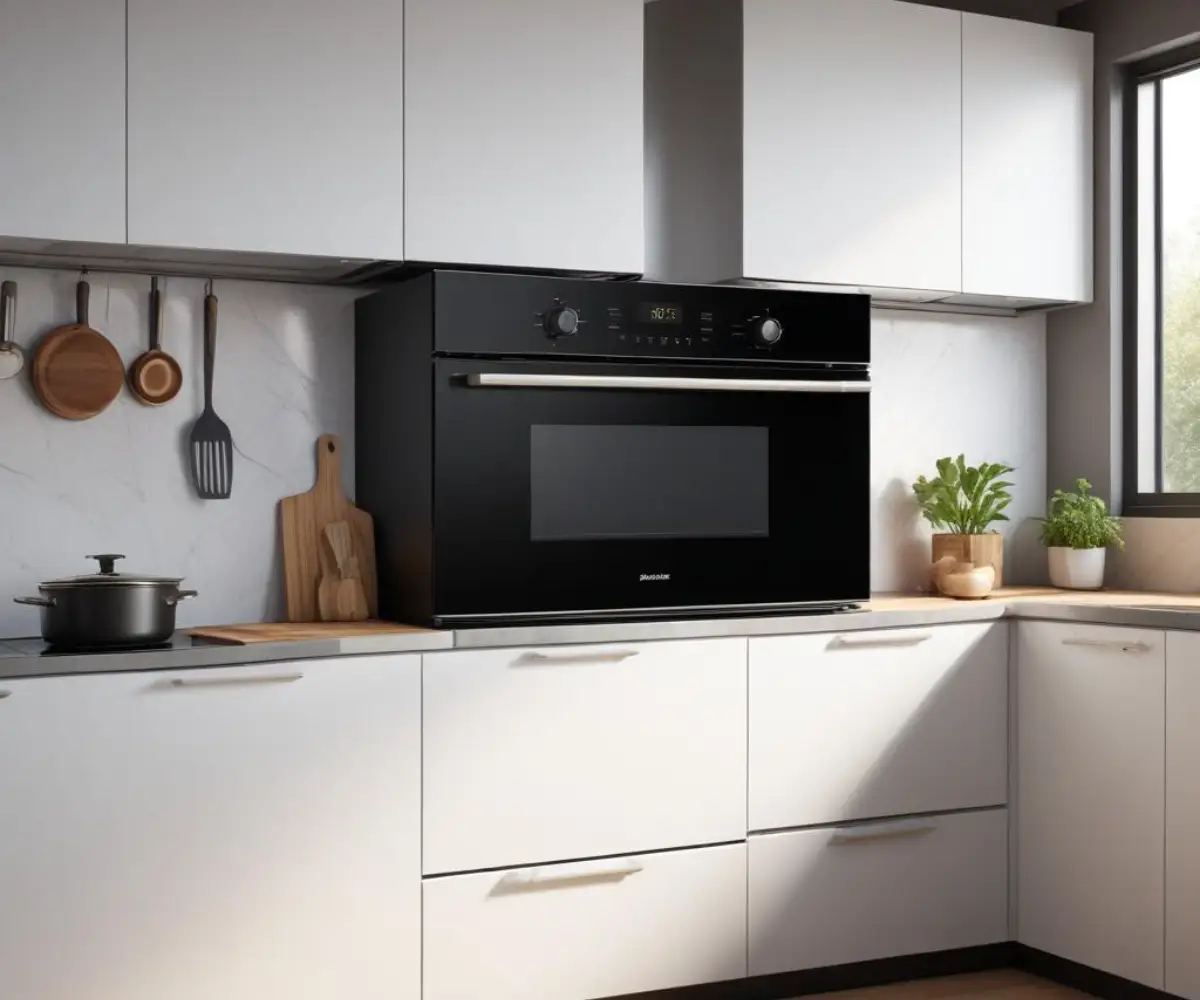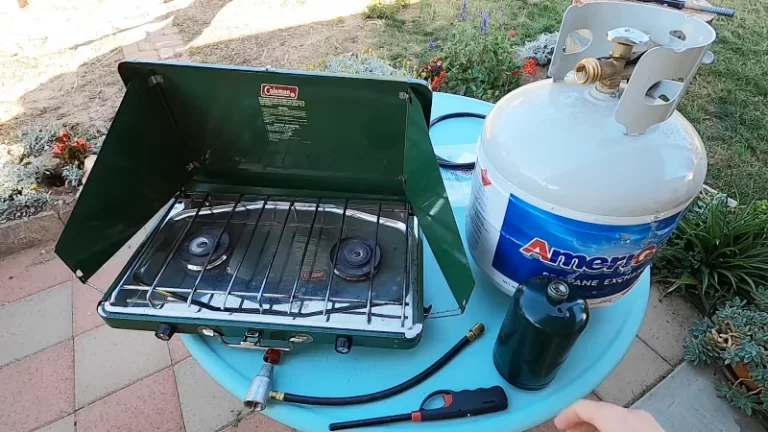Wall Oven Under Cooktop: Avoid This #1 Critical Mistake
The dream kitchen often features a sleek, integrated design. A wall oven installed perfectly beneath a separate cooktop is the centerpiece of this modern aesthetic, offering a clean alternative to a traditional range.
However, achieving this custom look is far more complex than simply stacking two appliances. This configuration presents unique challenges in compatibility, ventilation, and safety that can lead to costly damage or dangerous situations if ignored.
This guide breaks down the critical steps and hidden pitfalls to ensure your installation is both beautiful and, most importantly, safe.
You'll Learn About
Why This Layout is So Popular (And So Tricky)
The appeal of separating the oven and cooktop is undeniable. It provides design flexibility and can create a more ergonomic cooking experience by slightly elevating the oven cavity compared to a standard range.
The primary challenge lies in managing heat and ensuring compatibility. Unlike a freestanding range, which is engineered as a single unit, this setup requires two distinct appliances to function safely in extremely close quarters, demanding meticulous planning.
The Allure of Integrated Design
A wall oven under a cooktop creates a seamless, built-in look that blends with your cabinetry. This setup breaks up the visual bulk of a traditional range, contributing to a more open and streamlined kitchen environment.
Furthermore, it allows you to select your oven and cooktop based on performance features you value most, rather than being limited to the combined offerings in a single range unit.
Understanding the Core Challenges
The success of this installation hinges on three factors: appliance compatibility, proper ventilation, and correct electrical wiring. A cooktop’s electronic components are highly sensitive to the heat rising from the oven below. Without a manufacturer-approved pairing and adequate airflow, you risk premature failure of the cooktop, voided warranties, and a potential fire hazard.
The Compatibility Conundrum: Not All Ovens and Cooktops Can Be Paired
The single most critical mistake homeowners make is assuming any wall oven can be installed under any cooktop. This is a dangerous misconception. You MUST confirm that both appliances are specifically designed and approved by the manufacturer for this type of installation.
Ignoring this step is not just a bad idea—it voids warranties and violates safety codes. The installation manuals are your absolute source of truth.
Decoding the Installation Manual: Your Most Important Tool
Before you purchase either appliance, download and scrutinize their installation manuals. Look for explicit phrases like “approved for under-counter installation” or “can be installed below an approved cooktop.”
The manuals will provide detailed diagrams with mandatory clearance dimensions—the minimum empty space required above, below, and around the unit. Failure to adhere to these precise measurements can cause the appliances to overheat and shut down, or worse.

The Dangers of Mixing Brands
While it might be tempting to pair a cooktop from one brand with a wall oven from another to get the exact features you want, this is generally not recommended unless the manufacturers explicitly approve the specific model combination. Brands engineer their compatible pairs to ensure ventilation patterns align correctly.
An incompatible mix can lead to heat being trapped directly under the cooktop’s sensitive electronics. If you’re considering premium appliances, it’s worth investigating if they are built for this flexibility; exploring if Wolf appliances are worth it, for example, often involves looking into their specific installation guidelines for custom setups.
Heat, Airflow, and Safety: The Invisible Dangers
Both electric and induction cooktops generate their own heat, but their electronic controls are vulnerable. A wall oven, by design, vents hot air from the front, often just below the control panel. In an under-counter setup, this vented heat can rise directly into the cooktop’s chassis.
Proper airflow is not a suggestion; it is a safety requirement. The cabinet must be designed to create a channel for cool air to enter and hot air to escape, preventing a dangerous buildup of heat.
Essential Clearance and Ventilation Requirements
The space between the top of the wall oven and the bottom of the cooktop is a critical ventilation channel. Manufacturers may specify a gap of an inch or more. This gap must remain completely unobstructed.
Additionally, the cabinet itself often requires vents. This can include openings in the toe-kick area to draw in cool air and a channel at the rear of the cabinet to allow hot air to escape. Never block these pathways.
Installation and Cabinetry: A Job for Professionals
While a DIY approach is tempting, this is an advanced installation that requires both a licensed electrician and an experienced cabinet installer. The cabinet is not just a box; it’s a structural support system that must bear the significant weight of the oven and manage airflow.
Cabinet Modifications: Beyond a Simple Cutout
A standard base cabinet cannot be used. You need a dedicated oven base cabinet constructed to support over 200 pounds without sagging. It must have a reinforced platform for the oven to sit on, positioned at a specific height.
The cabinet’s dimensions must precisely match the cutout specifications of both appliances. An installer will ensure the cutouts are exact and that the structure remains sound.
Planning for Electrical and Gas Lines
A wall oven and an electric cooktop are high-draw appliances and almost always require two separate, dedicated 240V circuits. Attempting to run both off a single circuit is a major fire hazard. An electrician must run the proper wiring and install the correct receptacles in accessible locations.
For a gas cooktop, a certified plumber must run the gas line and install a shutoff valve that is easily accessible in an emergency. Planning for these utilities is a crucial first step, and understanding the cost to convert from gas to electric can be a deciding factor in your appliance choice.
| Feature | Wall Oven & Cooktop Combo | Traditional Freestanding Range |
|---|---|---|
| Aesthetics | Sleek, integrated, and custom look | All-in-one unit, can look bulky |
| Installation Cost | High (requires two installations, cabinet work, separate electrical) | Low (slides into place, single connection) |
| Appliance Cost | High (two separate premium appliances) | Varies, but generally lower for comparable features |
| Ergonomics | Good; oven is slightly higher than in a range | Fair; oven is very low to the ground |
| Replacement | Complex; may be hard to find a replacement with the same dimensions | Simple; standard sizes are easy to replace |
| Design Flexibility | High; can mix and match approved models | Low; oven and cooktop are a single unit |
Common Mistakes That Compromise Safety and Performance
Avoiding common errors is key to a successful installation. Beyond choosing incompatible appliances, several other missteps can jeopardize your project.
Ignoring Ergonomics: Don’t Install It Too Low
One of the key benefits of a wall oven is improved ergonomics. When placing it under a counter, don’t install it flush with the floor. The oven should be raised on a platform within the cabinet, typically 4-6 inches high, to make it easier to access without excessive bending.
Botching the Electrical Work
Using improper wire gauges or sharing circuits is a recipe for disaster. Always consult an electrician to ensure your home’s electrical panel can handle the load and that new, dedicated circuits are installed to code.
Restricting Airflow
Do not let anything block the required clearance gaps or cabinet vents. This includes ensuring flooring isn’t installed too high to block a toe-kick vent or pushing the unit back too far, crushing a rear air channel. Proper airflow is non-negotiable for the longevity and safety of your appliances.
Is This High-Design Setup Right for Your Kitchen?
Before committing to this sophisticated layout, weigh the pros and cons carefully. The visual reward is significant, but it comes at a higher cost and complexity.
The Upside: A Stunning and Flexible Kitchen
The primary benefit is a high-end, custom look that elevates your entire kitchen design. It also offers the flexibility to choose the best-in-class appliances for your cooking style, as long as they are a compatible pair.
The Downside: Cost and Complexity
The costs add up quickly. You are purchasing two separate appliances, paying for custom cabinet work, and hiring multiple tradespeople for installation. When it’s time to upgrade or replace one appliance, finding a new model with the exact same dimensions can be a major challenge.
When you decide to undertake such a significant upgrade, it’s a good moment to consider an oven trade in to see if your old appliance can help offset the cost of the new units.
The Final Verdict
A wall oven under a cooktop can be a magnificent and functional addition to a modern kitchen. However, it is an advanced project that demands rigorous research, strict adherence to manufacturer specifications, and the expertise of qualified professionals.
By prioritizing compatibility and safety from the very beginning, you can ensure your investment not only looks stunning but also performs flawlessly for years to come.

